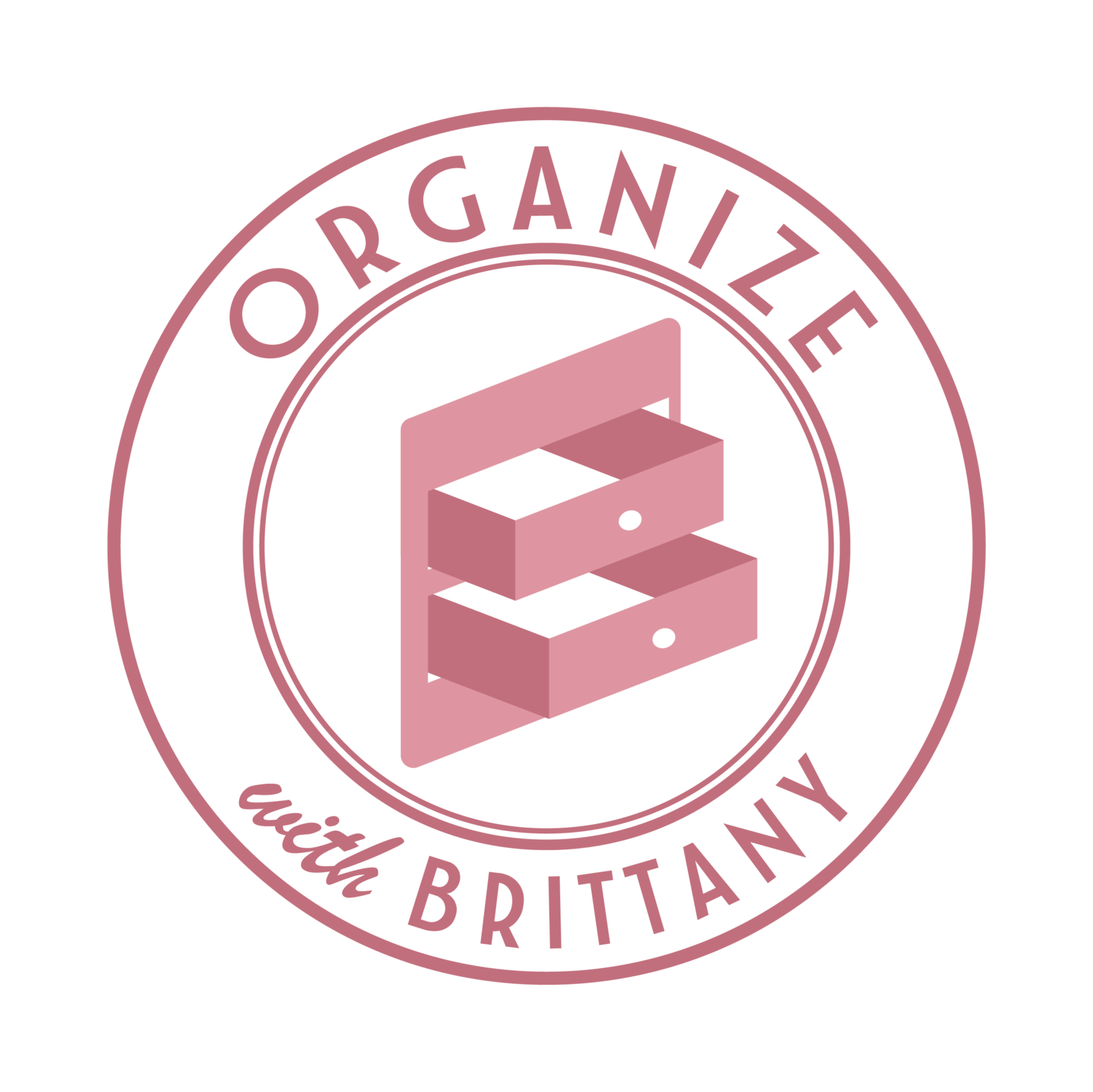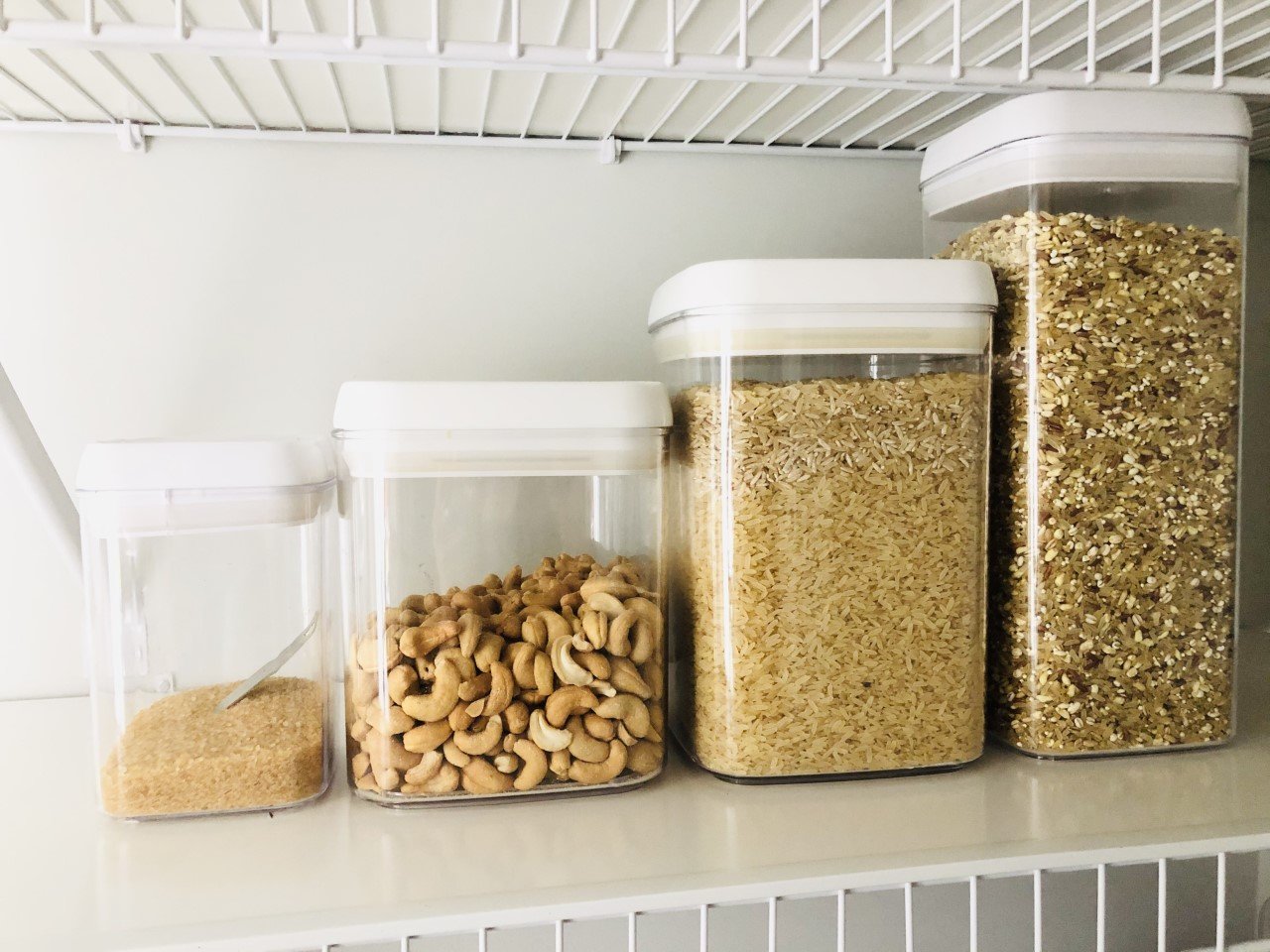15 Negatives about Airtight Food Containers
I do use airtight food containers because I like how they look in my pantry but I always caution people about the extra considerations they should make before purchasing them for their home:
The plastic does crack eventually so then you can only use them for packaged foods or non-food items because they’re no longer airtight. Glass canisters can break just as easily as a drinking glass.
The lids break over time, whether flip top or pop top. You can still use the container for packaged foods or items like Q-tips and cotton balls without the lid, though.
Bulk items don’t fit because hardly any of the food storage containers are designed for that. I recently resorted to using dog food containers for some bulk foods that we always get from Costco.
They take up space when the ingredients you’re storing start running low so sometimes I transfer the food into a smaller container and use the larger one for something else.
You do have to wash and thoroughly dry the containers between uses.
Water stays in the lids if you don’t properly drain and dry them. This can create a terrible mold problem.
Containers can be expensive!
Containers usually come in packs of 4-8 with sizes you don’t necessarily want or need.
If you try to piece together your sets, it can be hard to find matching ones in the sizes you want.
You have to open food packages in order to put most foods into the containers. Some foods might not last quite as long since you’re opening them before you actually plan to eat them.
You will need to cut out portions of the labels (ingredients, instructions and maybe even the barcode) from the packaging and tape that to the container so you know what is in it, how to prepare it and can track your calories, and micro and macro nutrients if applicable.
If you tape the label components to the containers you will see all of that information either on the front, through the back once the ingredients start running low, or you’ll have to look inconveniently at the bottom of your container.
Another option is to put your label components inside the container, but you’d need to sanitize and dry it first. The labels will sink to the bottom of the container and you’ll have to dig them out.
Getting through all the necessary steps to store food in containers makes for a longer process when putting away your groceries.
You may find the perfect containers for your current cabinets and pantry and then when you move things around, renovate or move altogether, they may no longer fit in your spaces.

